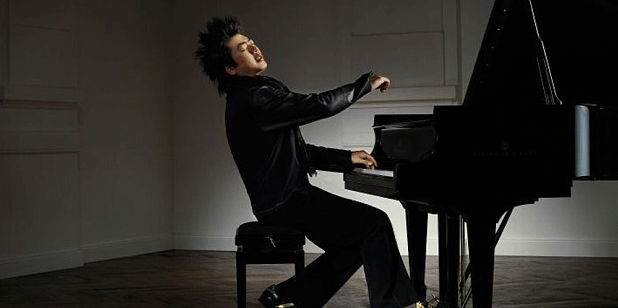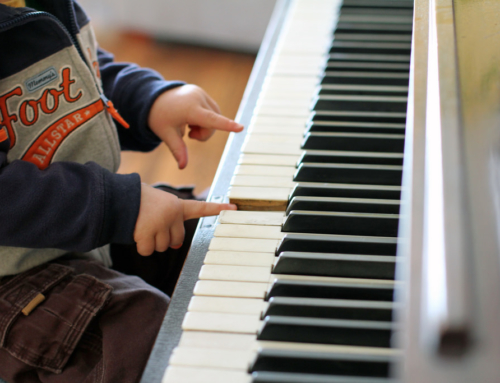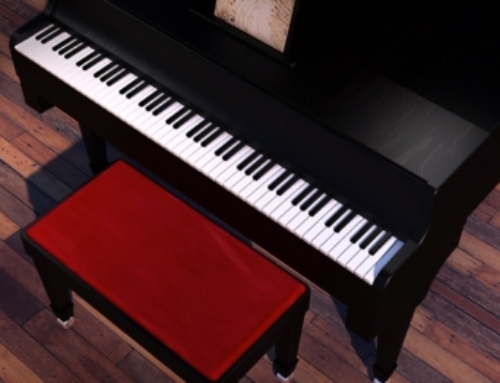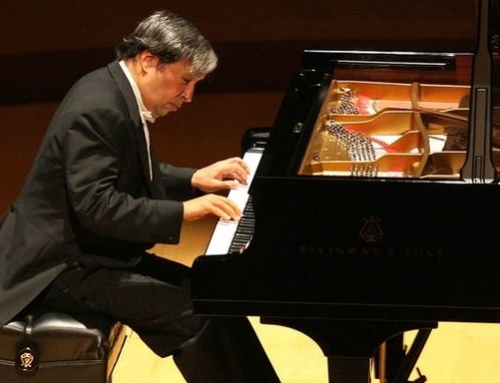“If I were not a physicist, I would probably be a musician. I often think in music. I live my daydreams in music.” Albert Einstein
If you have ever watched a skilled piano player, you surely have so many questions going through your mind.
“How do you make your fingers move so fast?”
“How do you remember all those notes?”
The simple answer to all those questions is numerous hours of practice. The longer answer, however, could be a little longer than you would imagine! Practicing, memorizing and perfectly performing a piano piece is quite similar to what you would imagine a scientific discovery would go. Following are the steps that you would find mutual in both situations.
- Slogging through details for the sake of a long-term goal that might be impossible
- Experimenting to see what works and what does not
- Analyzing complicated architectures of ideas
- Handling simultaneous conflicting concepts
- Discovering creating, intuitive, fun epiphanies
- Practicing piano music includes figuring out how to do something, and then repeat it enough that you can trust that you can play it the way you want to.
How to read music quickly
Every note on the keyboard has its own spot on the staff with its own letter name. Some go up, some go down, and some stay the same. When we write down notes, we mark timed silence with squiggles and squares. We read from left to right. Mostly the right-hand plays the top line and the left-hand plays the bottom line. If you see a beam, it means that things go twice as fast during that little period.
When memorizing, learning music, you need to analytically problem solve from four different directions:
- Visual Memory
- Aural Memory
- Muscle Memory
- Analytical Memory
When it comes to visual memory, how your hand looks like on the keyboard is a huge part of figuring out how to memorize a series of complex note. This increases, as you may have guessed, with practice. Aural memory is simply how you want something to sound. Do you want to listen to the top part of the right hand when you play something? Or do you want to listen to the thumb of the right hand? By the time you work it out, the tune will get stuck in your head, which basically means that the aural memory is in place.
Muscle memory is where analytical problem solving really applies. If you do not do this, it sounds terrible and can be painful physically as well. For this sometimes you need to teach one hand how to do two things at once. Sometimes you need to teach one hand to play one rhythm, and the other hand to play another rhythm. By the time you got all that in place, the muscle memory is there.
Analytical memory is about finding patterns, understanding the grammar and chunking out the information. Once you have an overall structure, you need to make an overall theory map. Then you write out all the codes which are called a “Theory Map”. Once you have the theory map, you need to memorize the map. One way you can do this is playing the theory map while saying the name of the chord. If you want to emphasize the chords or the harmonies’ relationships to each other, rather than their individual identities, you can throw numbers at them. (1,4,1, 5, 1, 5 etc.)
By the time all these happen, all four of your memories are in place.
- How it looks
- How it sounds
- How it feels
- How it’s shaped
Memory is an actual place, with every repetition that you have to do in your brain is building myelin, which is the protein that wraps itself around neutral pathways and makes them go faster. Learning how to memorize piano music is a practice that will last with you as a lifelong gift for sure.
All highly effective pianists can memorize complex piano music. You can apply these same principles to your practice.






